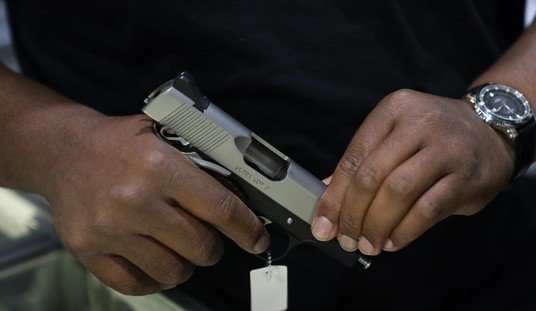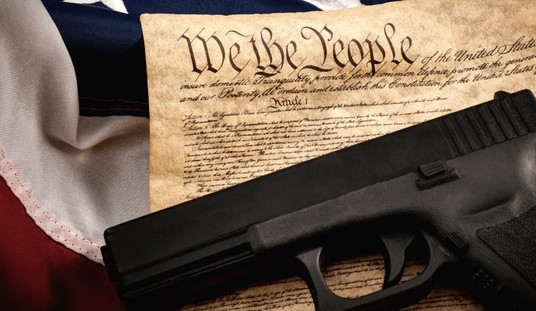The International Traffic in Arms Regulations is a nightmare for gun manufacturers and gunsmiths. The rules create restrictions, massive fees, and confusion over who can do what with whom. Many in the firearm community have desperately wanted change in these regulations to make their life easier.
Under the previous presidential administration, you might as well have wanted a unicorn. You had just as much of a chance getting either.
Luckily for them, however, we live in a different world today.
Earlier this week, the Directorate of Defense Trade Controls (“DDTC”), published an entry on their website which contained a notice that the Department of State and the Department of Commerce have each issued a Proposed Rule to amend the regulations pertaining to the International Traffic in Arms Regulations (“ITAR”) and the Export Administration Regulations (“EAR”). These proposed changes have been eagerly awaited by the firearms community for a number of years.
ITAR has plagued manufacturers and gunsmiths for years with its crushing fees, burdensome restrictions, and general confusion as to who it applies. As with everything in the gun world, rumors and bad information permeate even the highest levels and has resulted in individuals placing themselves in potentially perilous situations.
In order to protect US defense and military technology, Congress passed the Arms Export Control Act (“AECA”) in 1976. The AECA gave the President the authority to regulate the import of defense articles and defense services. Along with that authority came confusing regulations (in the form of ITAR), high registration fees, and burdensome restrictions.
PROPOSED AMENDMENTS TO ITAR
“The Department of State is engaged in an effort to revise the U.S. Munitions List [“USML”] so that its scope is limited to those defense articles that provide the United States with a critical military or intelligence advantage or, in the case of weapons, are inherently for military end use.”
The USML is a list of articles, services, and related technologies that have been designated defense related and require compliance with ITAR. A number of the items in the first category (Firearms, Close Assault Weapons, and Combat Shotguns) do not meet the newly proposed standard. Further, a large number are available for purchase in retail settings both in the United States and overseas.
Now, this doesn’t let people ship anything they want anywhere in the world free and clear. Your local gun manufacturer won’t necessarily be shipping guns to third-world dictators who hate America with a burning passion and funnel those guns straight to other enemies. That’s not happening.
Instead, what we’re pretty much seeing here is a loosening of rules regarding civilian arms. For example, one of the major changes involves firearms that aren’t either automatic or semiautomatic up to 50 caliber from the first category listing. These are generally things like bolt-actions, lever-actions, and so on.
These look like sensible changes that clarify things for gun manufacturers.
In other words, I expect anti-gun zealots to lose their crap over this at any moment. That’s just what they do.








Join the conversation as a VIP Member